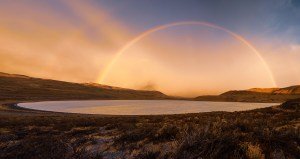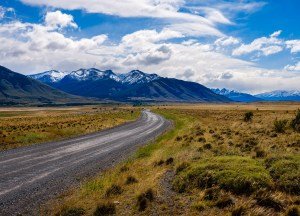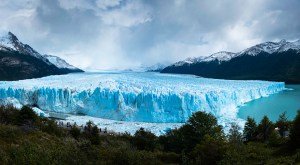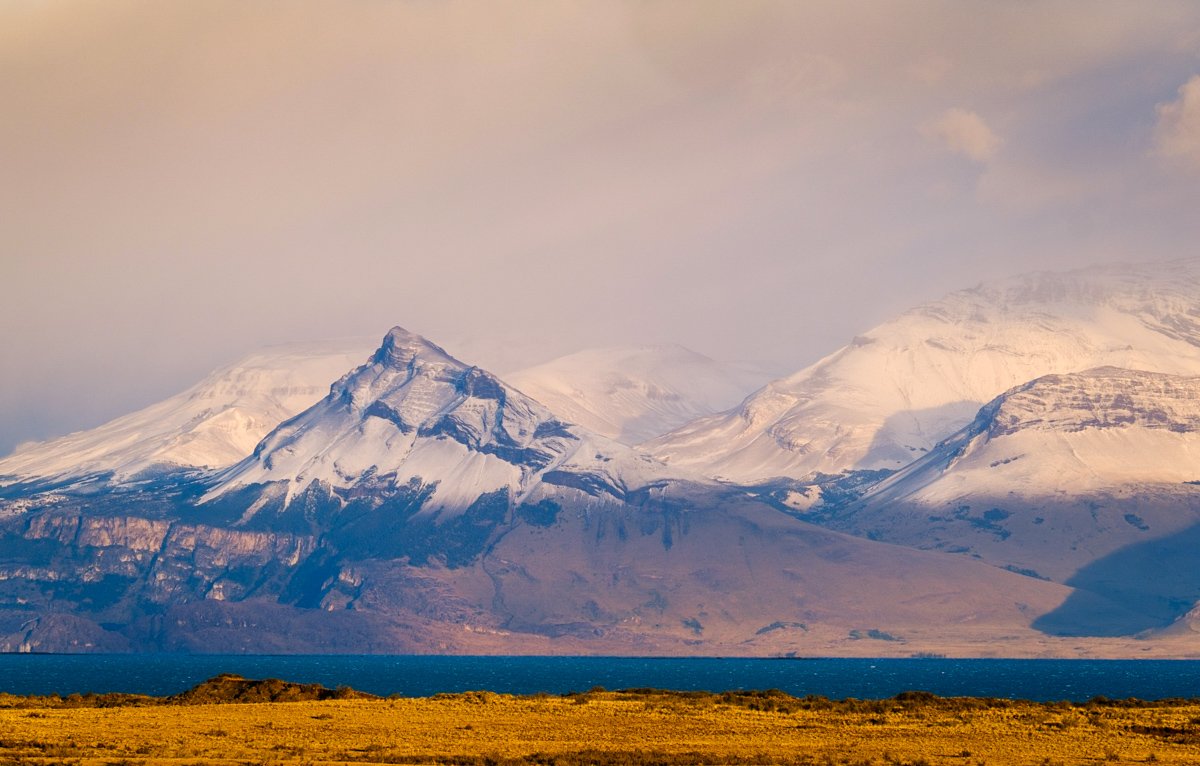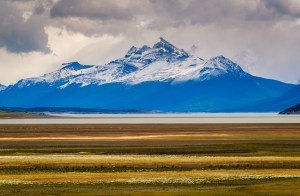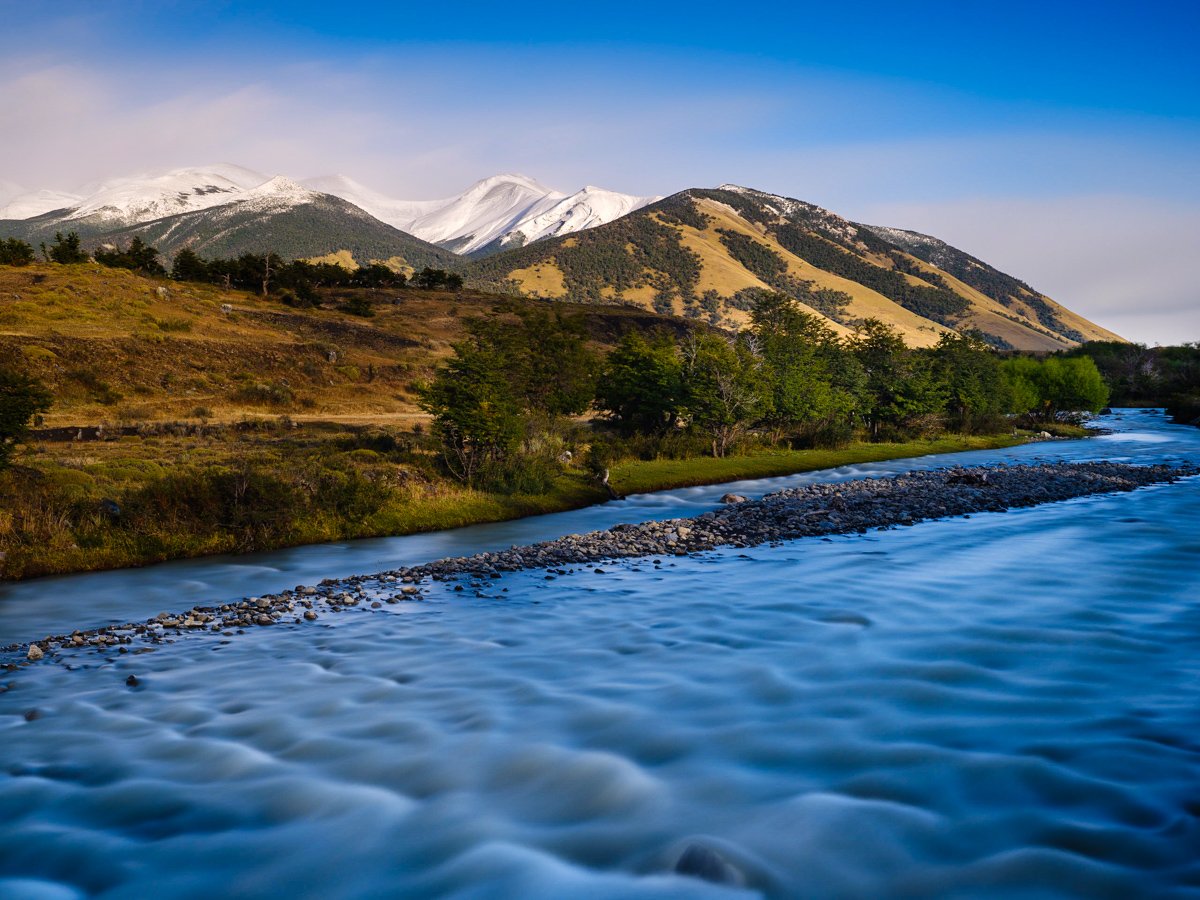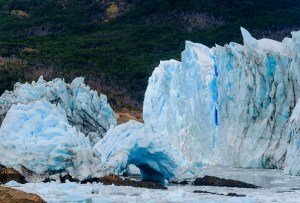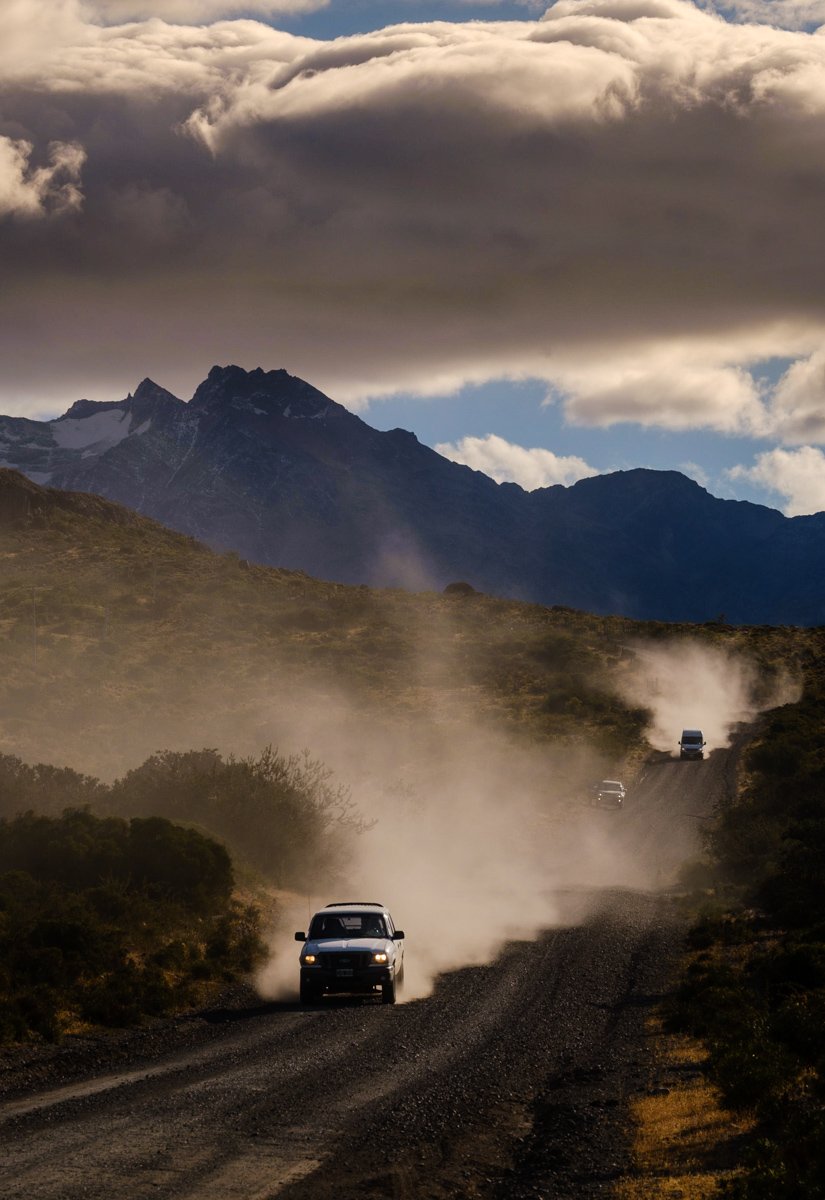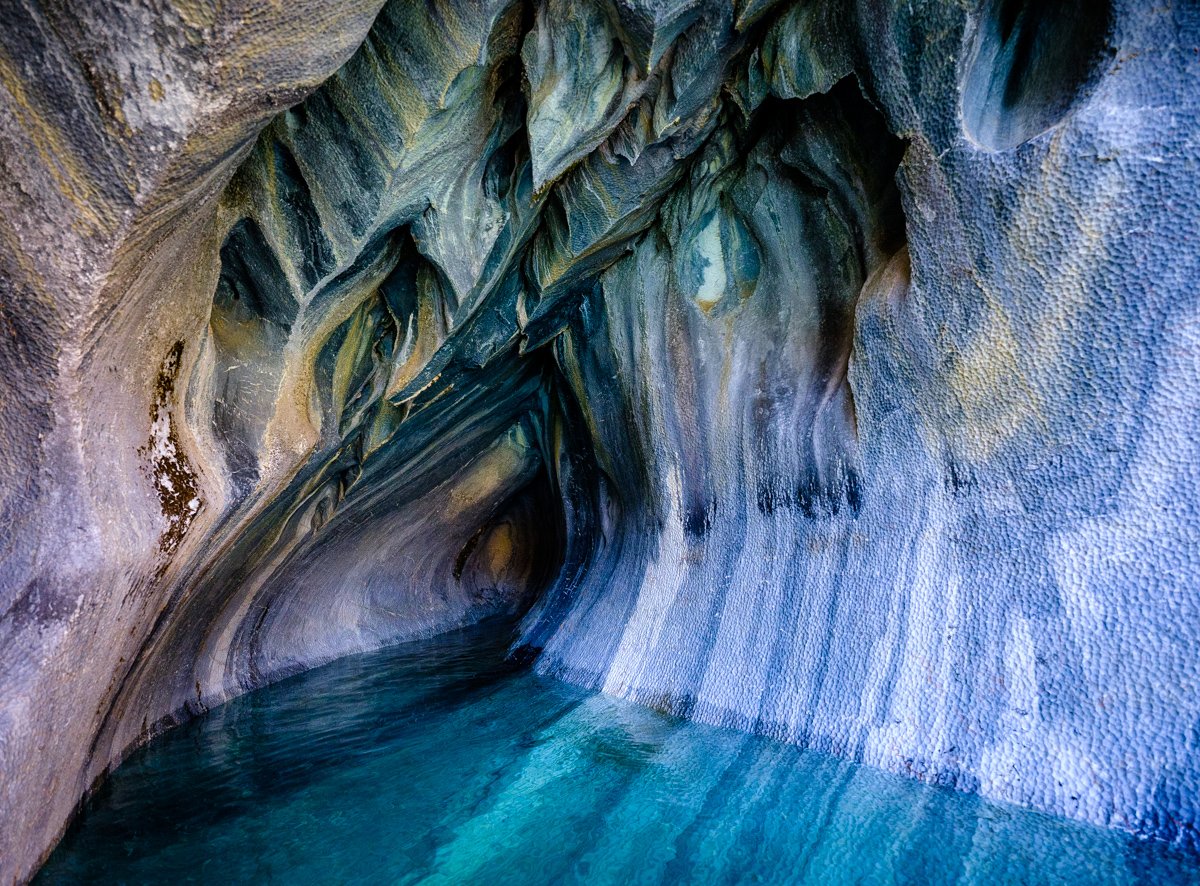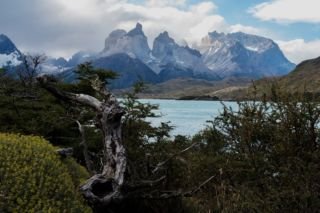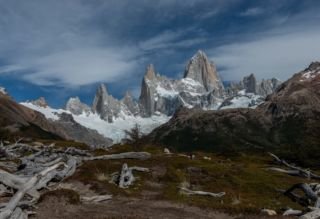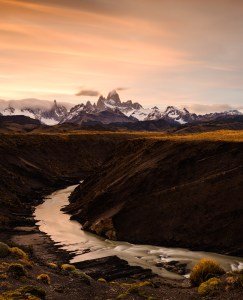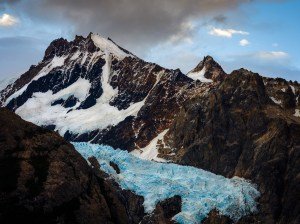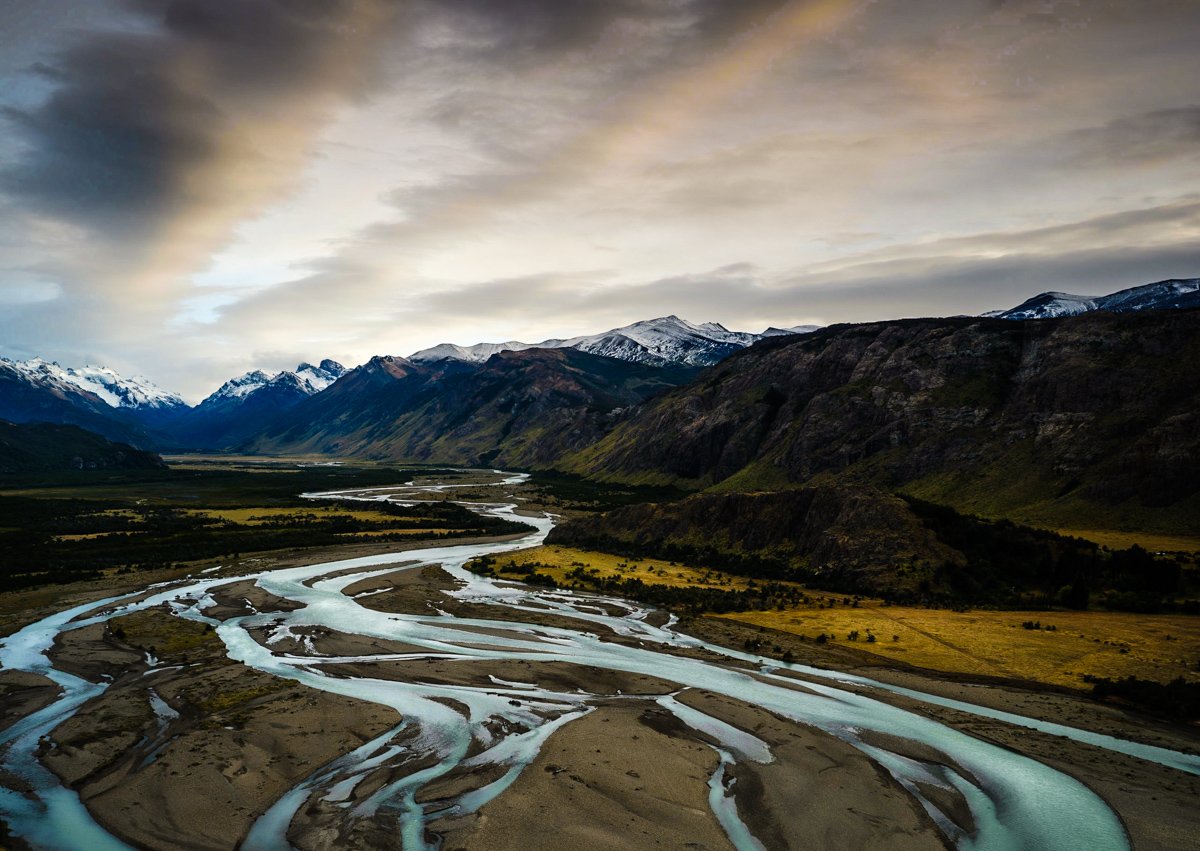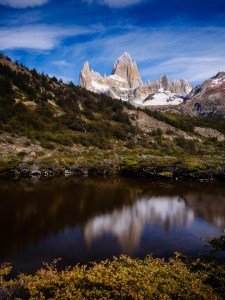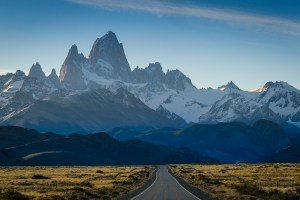Photographing in Patagonia
This article appeared first on Daniel Korzeniewski Photography, Author: Daniel Korzeniewski.
I started very early this morning; it was dark when we began to hike. The goal was to reach a location for a sunrise that was about five kilometers uphill from the beginning of the trail. We made it on time, got the shot, and kept on going. A couple of kilometers farther, the path got more extensive, and we reached an area of plains where the peaks in front revealed themselves in a magical way.
There it was, the Fitz Roy in all its glory. It felt unbelievably close, almost as if I could touch it. I am here with two friends, also photographers, and this is the Los Glaciares National Park in Patagonia.
Torres del Paine National Park, Chile
Torres del Paine was the first place we visited. Torres del Paine is probably one of the most important national parks in Chile. The area is vast, and the opportunities for photography are top-notch.
While most visitors come to see what is considered some of the most spectacular granite formations on the planet, there is more than that. Apart from the ragged spires of the Cordillera del Paine, there are glaciers, lakes, valleys, and rivers. The Paine massif commands the scenery; the vividly colored lakes and the Patagonian steppe are just the alluring whole.
Puerto Natales is the closest town to the park, and we traveled from there on different days during our stay. Unfortunately, the weather did not cooperate; we had gale-force gusts during the first portion that made it almost impossible to stand outside the car, followed by rain. It got better the last couple of nights, and with that, we were able to access some areas to photograph in good light.
Patagonia is just like that: the weather changes and it is not predictable, but for me, it is part of the charm.
Glacier Perito Moreno, El Calafate, Argentina
From Puerto Natales, we traveled to El Calafate in Argentina. This is a lovely town that hosts great restaurants, accommodations and also one of the major commercial airports in the area. But the main reason to be here is the Perito Moreno Glacier. Located just 48 miles from El Calafate, the glacier is one of the most important tourist attractions in Argentina. The Perito Moreno is part of the Los Glaciares National Park, and one of the 48 glaciers fed by the Southern Patagonian Ice Field located in the Andes region system shared with Chile.
This glacier is just massive; the ice formation encompasses about 97 square miles, and its walls rise over 240 feet above the surface of Argentino Lake. I spent a morning strolling the walkways, taking photos, and just watching the impressive scenery. Observing and trying to catch a rupture is also a classic. I experienced several small ones; the sound of the ice breaking is just astounding and something to remember. I wish I had witnessed and photographed a large one, but there is always the next time.
Puerto Rio Tranquilo, Chile
The journey continued north and back to Chile. We drove around 900 kilometers to see the Marble Caves in Lake General Carrera.
Puerto Rio Tranquilo was far from the area of Los Glaciares National Park but was high on the bucket list of one of the friends I was traveling with. Puerto Rio Tranquilo is a quiet outpost on the shore of the lake that is home to the famous caves. I can attest that seeing the area and caves was worth the journey to reach them. The results of centuries of erosion by the lake into the rock are unusual. The caves are colorful; the morning light and reflections bouncing from the water help to create vibrant patterns and textures. The caves are only accessible by boat; we had two outings to maximize the photo opportunities under different conditions.
Besides the marble hollows, the landscape and vistas of the surroundings are also very compelling.
Los Glaciares National Park, El Chalten, Argentina
El Chalten is a small mountain village located on the riverside of Rio de las Vueltas in Santa Cruz Province. El Chalten is also known as Argentina’s Trekking Capital, mainly for being a popular base from which to hike the numerous trails around this section of the national park.
The gems here are the Cerro Fitz Roy and Cerro Torre. The peaks are uncommonly unique in shape and can be seen from different places. But besides the favorite trails, other sights are Torre Glacier, Laguna Capri, Piedras Blancas Glacier, Chorrillo del Salto, and Laguna De Los Tres.
Naturally, this is where we experienced more trekking and hard paths to access good photo locations.
Making photos in Patagonia can be challenging. It really depends how deep you want to go or do. Some of the locations are easy to access, but other ones require long and uphill hiking trails and some commitment. Let me tell you, beyond the photograph, experiencing a sunrise in places like this is difficult to describe with words, but the reward surpasses the effort by a long shot.
Patagonia enchanted me, and now it ranks among the best landscape places I’ve ever been to. At Photo Tours and Expeditions we run regular photo tours to Patagonia. The next Patagonia Photo Tour will be incredible as well; If you want to join me, here is the link to access the information,
Lastly, most of the photos for this trip were made with the Fuji GFX 50s. I also had with me the X-T3, which I mainly used when I needed a long reach. My NiSi set of grads and ND filters were also heavily used, along with a sturdy tripod.
That’s all for now. Hope you enjoyed the photographs of Patagonia. As always, feel free to comment.




